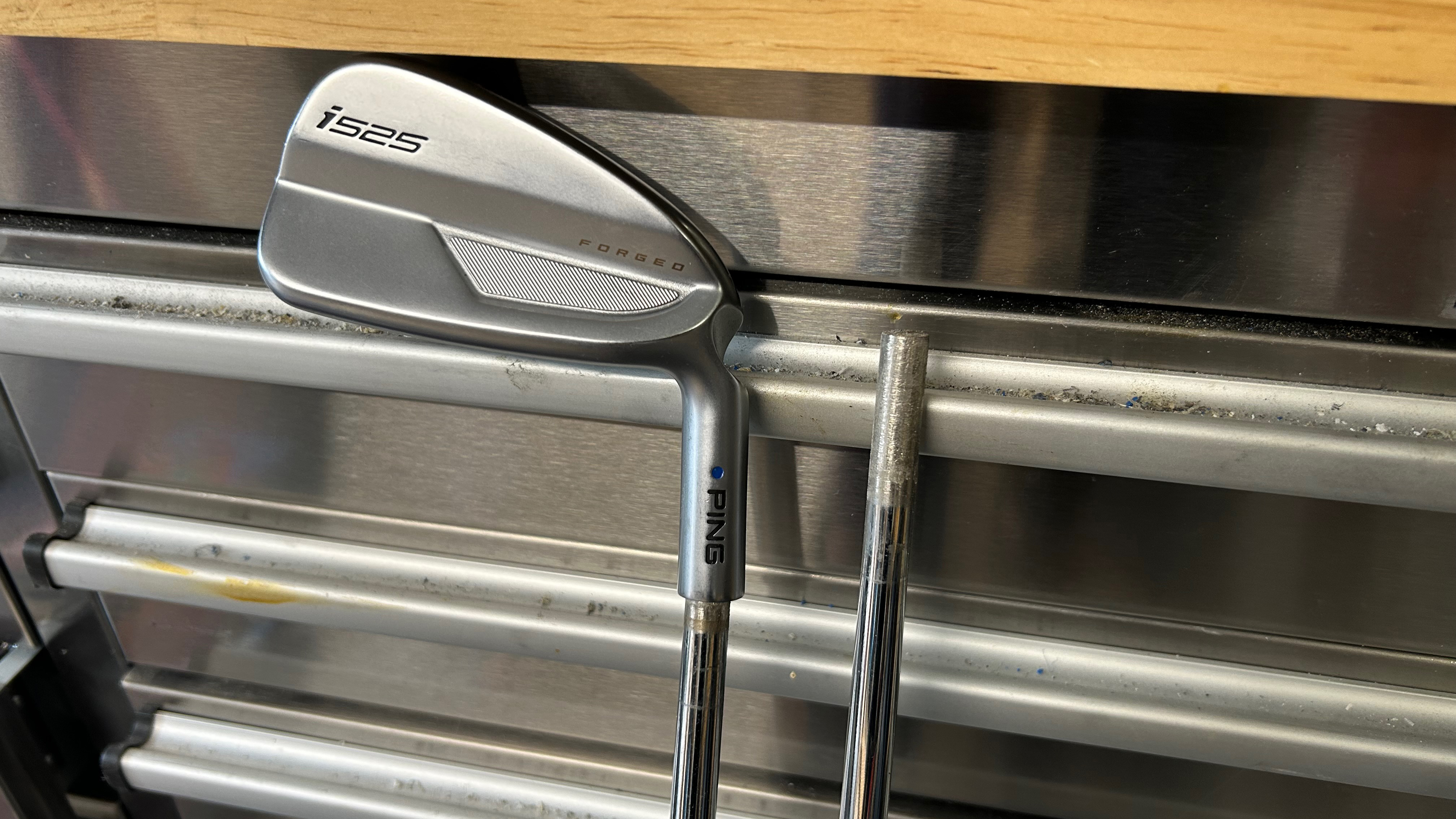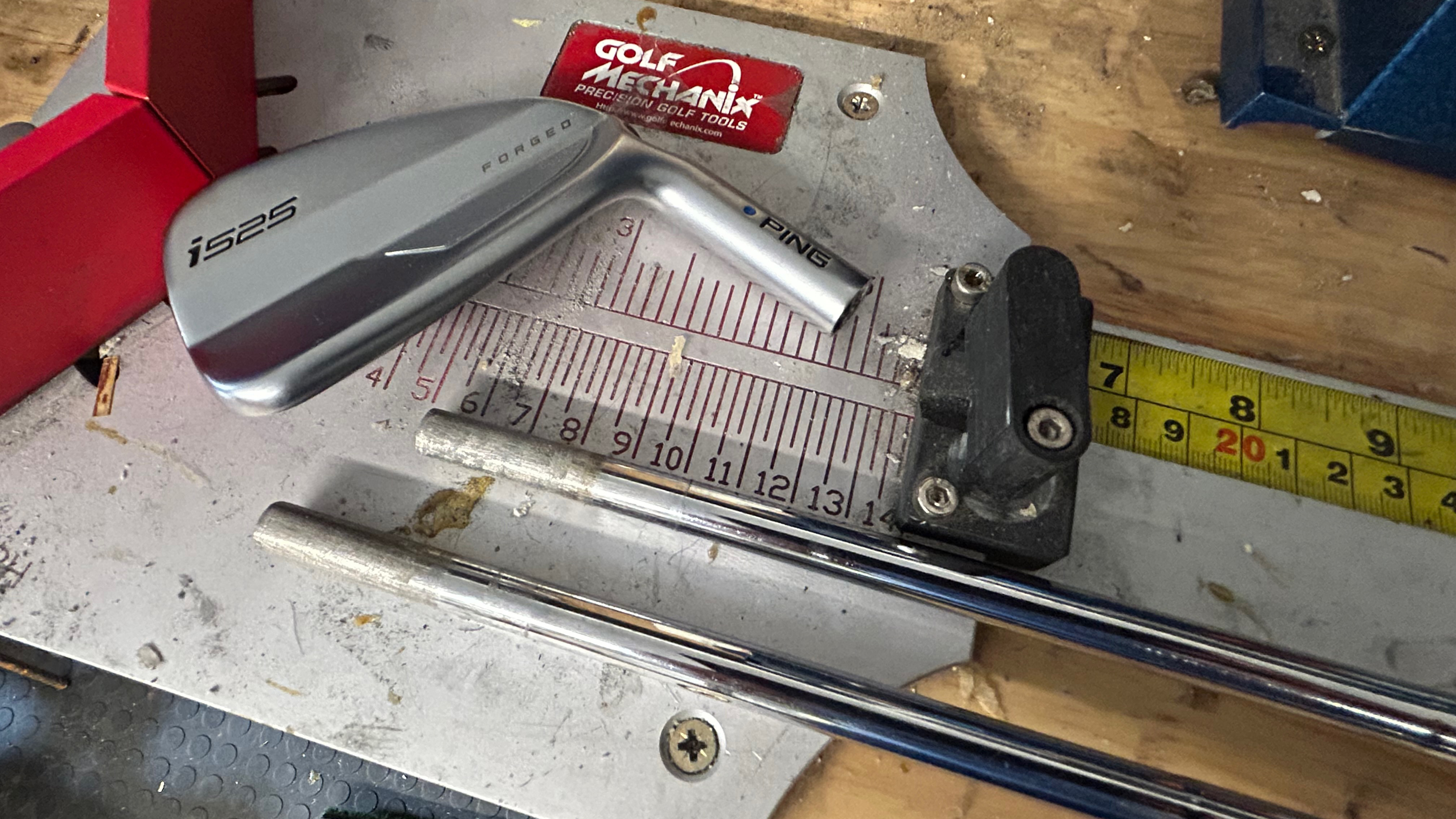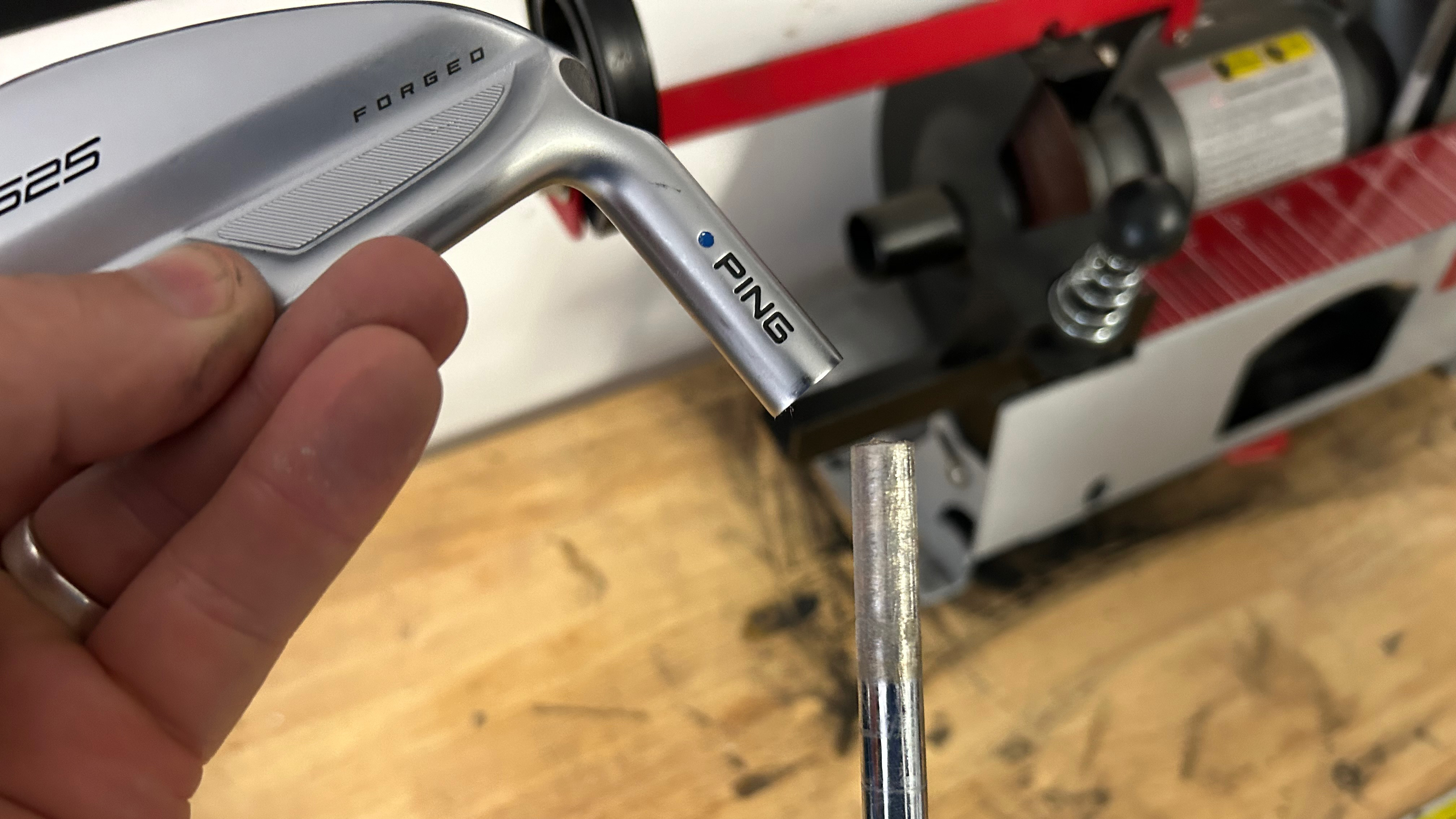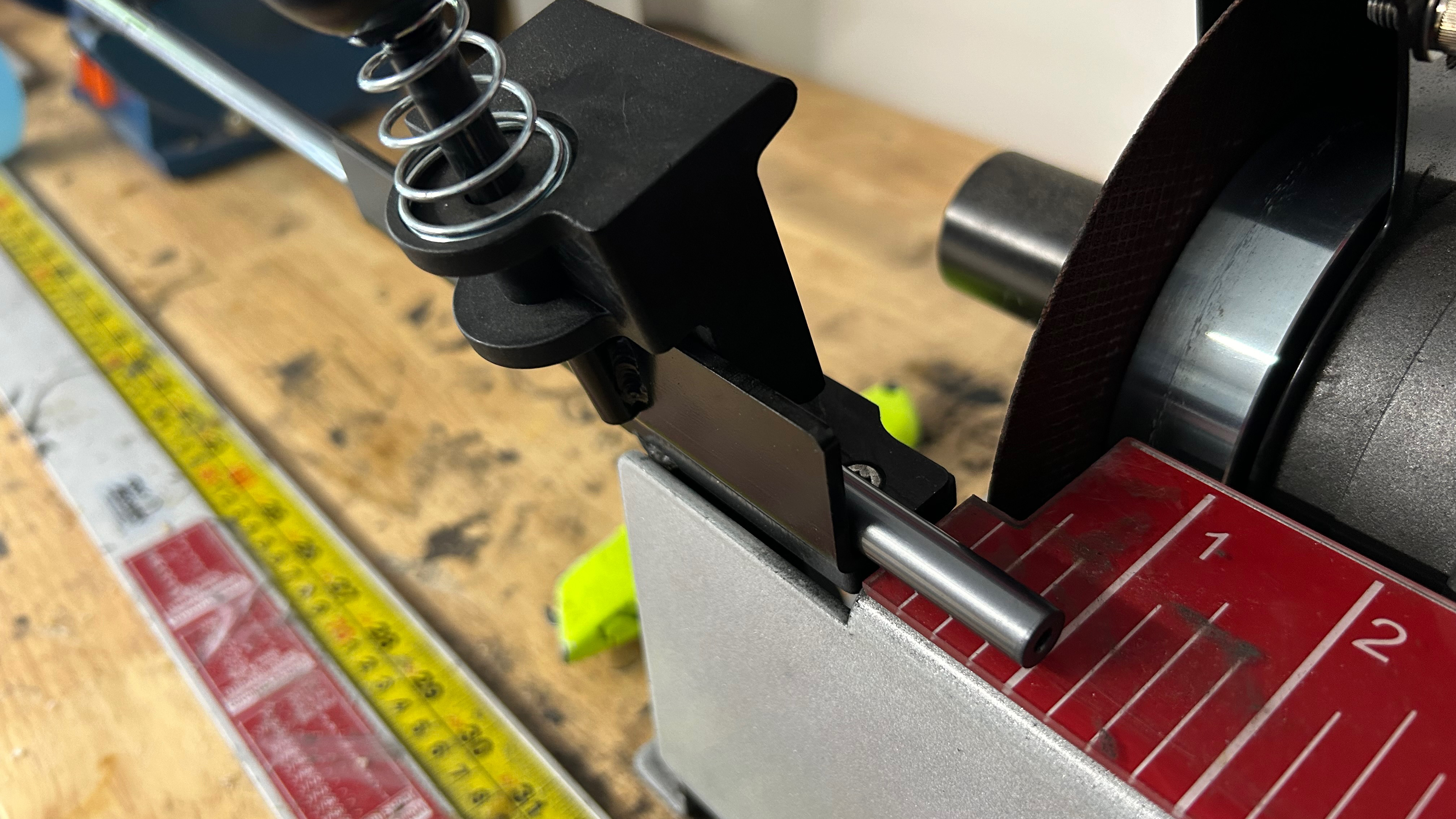What Is Hard Stepping And Soft Stepping In Golf?
Hard and soft stepping is way to change the playing characteristics of your club shafts, but how is it achieved and what are the benefits?

Joe Ferguson

Attempting to educate yourself about the best golf equipment and the changes that can be made to them can become a bit of a rabbit hole, no matter whether you're a beginner, intermediate player, or a low handicapper.
There are so many different tweaks that can be made that it can become overwhelming to try and keep up. That’s why we roll out our gear guru Joe Ferguson on the Kick Point Golf Gear podcast every week to explain to both co-host Dan Parker and you, the listener, what is really going on.
Given the growing numbers of players getting custom fitted for clubs these days, it is beneficial to know the terminology and options around the club fitting scene, whether you're looking to buy one of the best drivers on the market, add to your fairway wood or hybrid selection or a nice new set of irons.
Joe has recently tackled terms like shaft tipping and kick point, and he explained the art of ‘hard stepping’ on episode two... but what exactly is it?
WHAT ARE THE TWO DIFFERENT TYPES OF GOLF CLUB SHAFTS?

There are two different tip types in golf shafts - parallel and taper tip.
Before we get into what hard and soft tipping is, it’s important to learn firstly the two different types of shafts we can have in our irons – parallel and taper tip.
The parallel-tip shaft is pretty much what it says on the tin, the tip section is a constant diameter for a good few inches (the parallel section can vary in length between manufacturers) until it begins to taper wider up towards the butt section. The advantage of parallel shafts is that manufacturers only have to create one standard shaft and this can then be adapted to fit any club in the iron set. To obtain the correct flex with a parallel-tipped shaft, the shaft is cut from the tip end at the appropriate point to achieve the correct flex. Then the shaft is cut from the butt end to achieve the desired length.
Taper tip shafts do not have a parallel section at the tip and begin to widen in diameter almost immediately from the tip. They are manufactured to a specific club number due to the different head weights throughout an iron set requiring different flex shafts to achieve a consistent overall flex. For example, a taper tip pitching wedge shaft will be stiffer than its 4-iron equivalent as the pitching wedge head will generally be significantly heavier (unless you are Bryson DeChambeau or another one-length iron player) than the 4-iron and as such requires a more stable shaft to handle the additional mass. It is two ways of essentially achieving the same result.
Subscribe to the Golf Monthly newsletter to stay up to date with all the latest tour news, equipment news, reviews, head-to-heads and buyer’s guides from our team of experienced experts.
WHAT IS HARD AND SOFT STEPPING?

A taper tip shaft being prepped for hard-stepping.
Hard stepping and soft stepping are ways of fine-tuning the flex of a shaft to suit the player and can only be done with taper tip shafts. Joe explained the art succinctly through the following example:
If Joe was fitting someone and he wanted them to be playing a shaft somewhere between an S and X-flex, he could take the X-flex shafts and soft step them.
This would mean putting the softer shaft for a 9 iron into the pitching wedge, the 8 iron shaft into the 9 iron, and so forth. The shortest iron shaft, for example, the pitching wedge shaft, would then become a spare as the 9 iron shaft is placed in the pitching wedge. The overall flex of each shaft would then sit somewhere between X and S in this example.
It can work the other way, too. Soft stepping is the exact opposite of hard stepping, meaning for example a 7 iron shaft is put in the 6 iron, 6 iron shaft in the 5 iron, and so on.
WHAT ARE THE EFFECTS OF HARD AND SOFT STEPPING

Only parallel tip shafts can be trimmed from the tip for flex alterations.
Hard-stepping a set of irons will make them a little stiffer. The main effect will be on the feel of the club, although in some cases dispersion can tighten up, launch angle can be lessened, and spin rates can also come down. Conversely, soft stepping will reduce the stiffness of the shaft and can produce the opposite results to those described above.
WHY DO PLAYERS HARD AND SOFT STEP?
There are two main reasons players will look to use the practice, the first being that players want the right feel for their iron shots. As we have discussed in previous explainers, as well as on Kick Point itself, clubs are often tinkered with because we can fine-tune feel to our liking.
Secondly, players who use hard or soft stepping could be looking to change their launch angle and trajectory or may be looking to either add or reduce spin on their iron shots.

Conor joined Golf Monthly in late 2024 after graduating with a Masters degree in Sports Journalism from St Marys University and heads up reviews for rangefinders and golf watches. Conor is lucky to have Royal County Down as his home golf course, beginning to play the game at the age of four and later becoming a caddy at RCD at just eleven years old and doing so for over 12 ears. Playing to a 5 handicap, you’ll likely find him on the range trying (and failing) to hit a Shane Lowry-esque stinger that helped him win The Open Championship at Royal Portrush.
In the bag:
Driver: Ping G40 Max 10K
3 wood: Callaway Epic
Hybrid: Ping G425
Irons: Mizuno JPX 900 Tour
Wedges: Taylormade Milled Grind 52,56,60
Putter: Scotty Cameron Phantom x9.5
- Joe FergusonStaff Writer